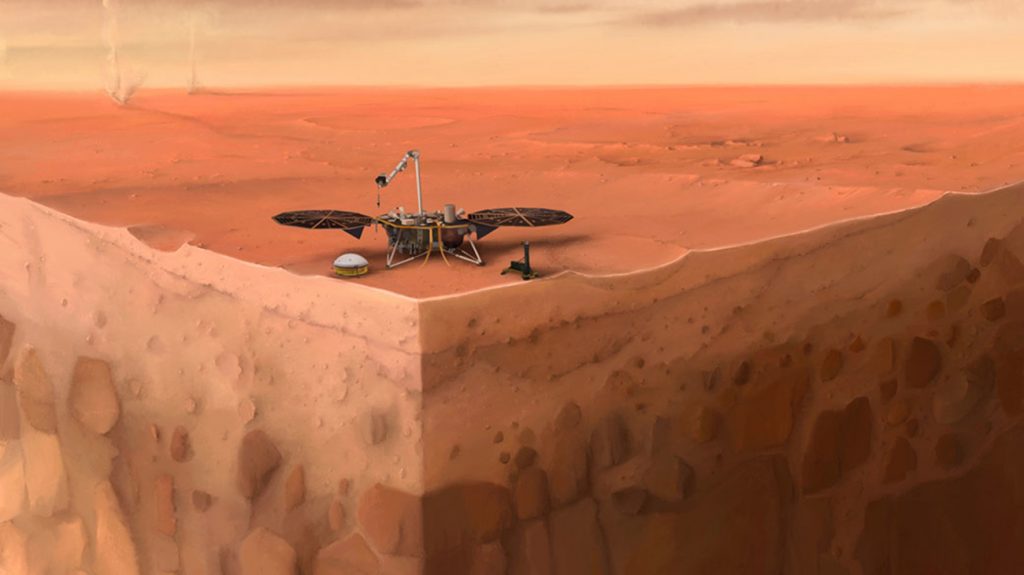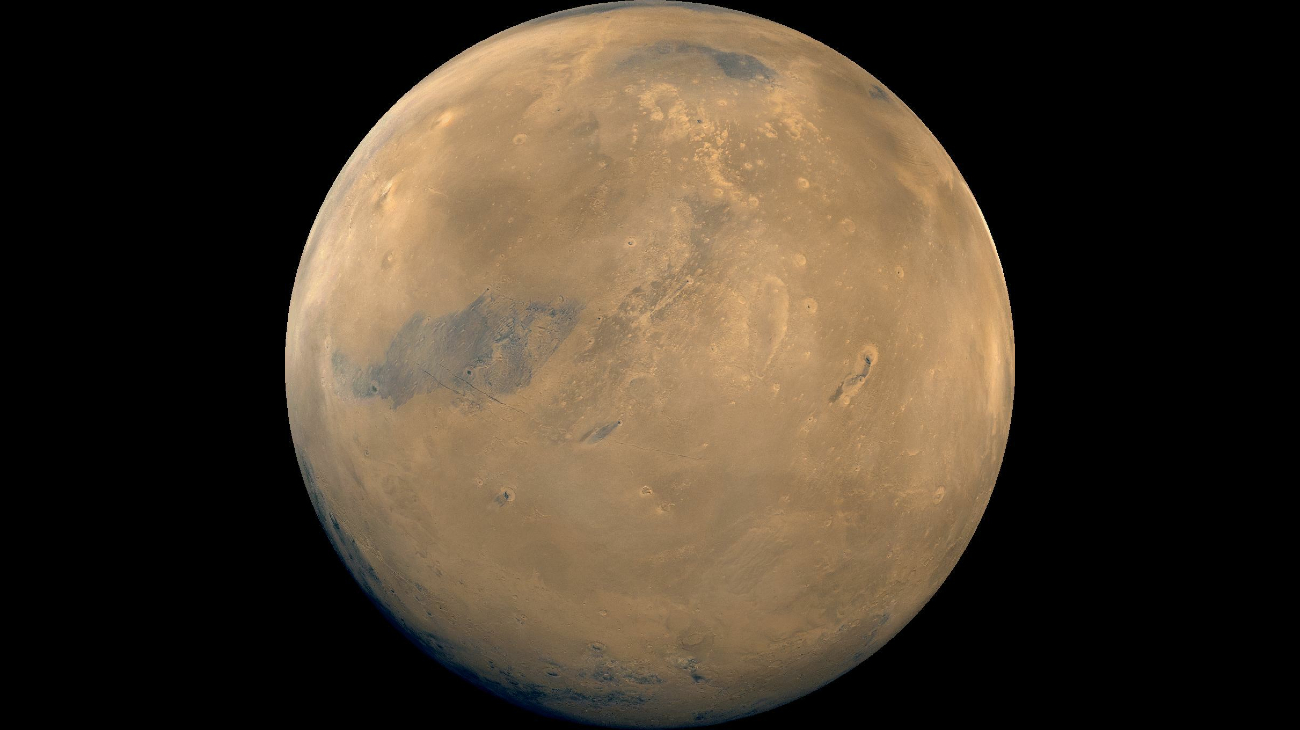The recently measured Martian tremors were more than five times stronger than the previous record holder. And we almost missed them.
Last September 18, NASA’s Marslander InSight celebrated its 1000e Martian day, aka sol, on the red planet. Mars researchers rejoice: the anniversary was made extra special thanks to the measurement of one of the most powerful and longest Marsquakes to date. With a duration of one and a half hours and a 4.2 on the Richter scale, the quake was five times stronger than the previous most powerful vibration measured by the robot lander.
Also read:
Interior
Searching for these kind of Martian ‘earthquakes’ is one of the reasons InSight is on the red planet. It is hoped that the vibrations will help to visualize the interior of Mars. And that, in turn, could teach us more about how other rocky worlds, such as our own Earth and Moon, once formed.
Vibrations
The new quake is the third powerful earthquake that InSight observed last month. On August 25, the lander’s seismometer also measured two: one at 4.1 and one at 4.2 on the Richter scale. The exact origin of both quakes is not yet clear. The first is believed to have occurred at 925 miles and the second about 8,500 miles from the lander. Details about the latest quake are not yet available.
The previous most powerful quake was one with a magnitude of 3.7. That measured InSight in 2019 and came from Cerberus Fossae, fractures in the Cerberus region about 1600 km from the lander. In that region, all earthquakes up to that point have been measured.
Dust off
Incidentally, we almost missed the quakes. Earlier this year, as Mars’ elliptical took the red planet farther from the sun, its temperature dropped. Because of this, InSight had to tap into its internal heating to stay warm. And that takes energy. And although the lander has solar panels, relatively little energy came in because of the dust that had accumulated on the panels. One of the ways to conserve the valuable energy was to turn off a number of instruments, including the seismometer.
Fortunately it didn’t come to that. The NASA team instead decided to use InSight’s robotic arm to drop some sand along the solar panels. The planetary researchers hoped the wind would carry the grains of sand over the solar panels, picking up some of the dust. That worked, and so the seismometer could stay on to measure the Marsquakes.

windfall
The measurement is a stroke of luck. At the beginning of this year, InSight had to endure a heavy blow. One of the goals of the lander was to dig deeper into the Martian soil than previous robots. But after two years of plodding, his heat probe failed to dig into the Martian crust.
NASA threw in the towel, but (thankfully) didn’t disable InSight. After all, the other instruments, such as the seismometer, could still make interesting observations. And so it turned out. The space agency will keep the lander in operation until at least the end of 2022.
Sources: NASA Jet Propulsion Laboratory (JPL), IFLScience
Image: NASA/JPL-Caltech, IPGP/Nicolas Sarter
–


